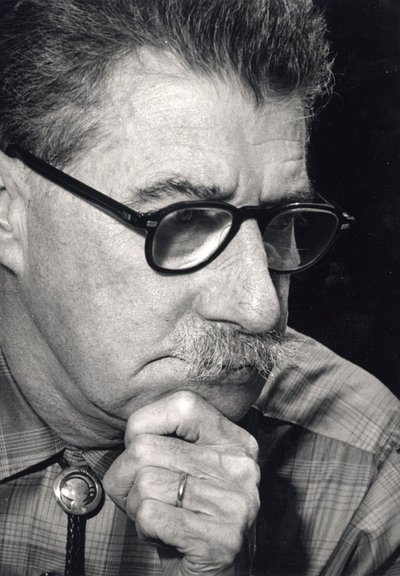In his work for Scientific American, Roger attempted to maintain a working knowledge of the scientific principles behind everything he illustrated, and constructed many of the devices that weren’t simply sent to him by mail with tools in his shop. He also started to share his general thoughts on architecture, both in terms of a practical perception and the more philosophical aspects of the profession. He similarly shared his thoughts on music, astronomy and amateur science, and began more voluminous discussion on a great many social matters, mailing letters to U.S. presidents, among others. Some illustrative quotes from the era include the following:
“I have a private theory that the insides of Gothic churches were designed to provide escape from boredom. What can be done to while away the tedium of sitting or standing or kneeling through interminable ceremonies?”
“I regard it as a mark of religious faith that the real universe can be expressed in simple mathematical form. Occam’s razor is a much overworked argument. Who ever said that nature had to be simple?”
“Neither of us [has] any feeling of affection for Johnson, but we see no other better candidate. We tend to be more hawk than dove and think it a waste of time and perhaps U.S. lives to go on trying to entice the VC to any conference table. We tend to be democrats although my mother and father were dyed-in-the-wool republicans.”
“You speak of the chore of writing interesting items to fill specific spaces – a mixture of imagination and puzzle working. In a sense this is rather like the problems of architecture which I always regarded as consisting of about equal parts of politics, engineering, design and puzzle-working.”
In terms of art, Roger began to carve wood in earnest and continued to paint. He mentored a number of additional pupils during the decade, including a friend’s son who came to live with the Haywards for several weeks while receiving lessons from Roger. Betty was still weaving avidly, and she joined and was eventually elected president of the 25 Club, a local weaver’s organization. She became a master weaver, working on seven different looms over the course of her life, and was part of the Foothills Weavers organization. She gave lessons to people on various weaving techniques and contributed to the Southern California Hand-Weavers’ Guild’s weaving periodical, All Tied-Up, until about 1960. Though she contributed several articles to the publication, Betty firmly refused to have her name included with them.
Aside from sharing their interests more casually during time spent in their hobbery, Betty and Roger eventually held a joint art show together in 1962, where both sold a few pieces. Roger still painted occasionally but became more focused on other forms of artistic expression, including some renewed interest in photography and photo development. He continued to open up about his thought processes and appreciation of art, and talked a bit about painting his dreams. He remained relatively active, but resigned his membership status from most organizations, typically after a bout with organization members or an extended term of inactivity. In some cases, however, Roger was invited back to organizations as an emeritus member – which he usually accepted – by groups including the Pasadena Society of Artists and the Optical Society of America.

